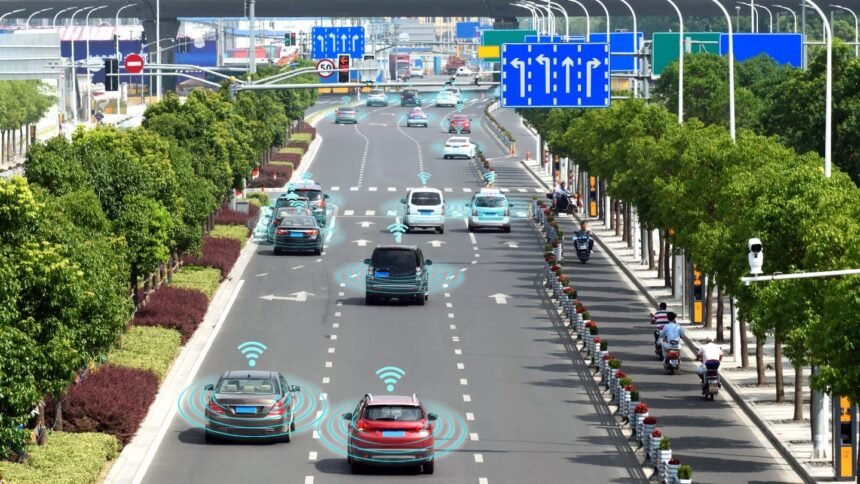Software specialist TIER IV and the Matsuo Institute have teamed up for an innovative generative AI project aimed at expanding the operational design domains (ODDs) of Level 4 autonomous driving. This groundbreaking project focuses on creating large-scale world models that learn from extensive driving data to mimic human driving behaviors. These models will enable sophisticated end-to-end AI capabilities, generating rational driving plans based on sensing data, even when predefined rules are insufficient.
By combining generative AI with traditional robotics approaches, the project aims to develop a versatile autonomous driving software suitable for various vehicle types and operational environments, from commercial fleets to personal cars, and from highways to urban centers. All outcomes of the project will be open source, promoting broader innovation and application in the industry.
Traditionally, Level 4 autonomous driving has relied on robotics approaches that require high-definition maps and detailed rule descriptions to integrate discrete functional modules like sensing, localization, perception, planning, and control. Known as the Autonomy 1.0 architecture, this approach has been the foundation for Autoware, the open-source software championed by TIER IV and utilized in various Level 4 autonomous driving use cases globally.
With advancements in AI, it is now possible to consolidate these functional modules into a single end-to-end AI model, which can coexist with traditional robotics approaches. This emerging Autonomy 2.0 architecture enables the scalable expansion of ODDs for Level 4 autonomous driving.
The Matsuo Institute, building upon the research of the University of Tokyo’s Matsuo-Iwasawa Laboratory, has been collaborating with TIER IV since 2020 on AI technology development for Level 4 autonomous driving. The joint project aims to develop end-to-end AI algorithms using large-scale world models, with the results shared as open source to drive the evolution of Autonomy 2.0.
Key initiatives of the project include the development of a neural simulator to train and evaluate end-to-end AI, cooperative machine learning (Co-MLOps) for training end-to-end AI with large-scale data, and Cars That Think and Talk (CT3) as an interface to explain behaviors of end-to-end AI.
TIER IV is leading the effort to combine traditional robotics approaches with end-to-end AI in the Autonomy 2.0 architecture, enhancing safety through detailed rule descriptions and improving adaptability in complex scenarios. The company plans to incorporate these technologies into Autoware and release them by 2025.
Shinpei Kato, founder and CEO of TIER IV, expressed confidence in the acceleration of autonomous driving with the collaboration, emphasizing the commitment to making cutting-edge innovations open and accessible globally. Yutaka Matsuo, technical advisor of the Matsuo Institute, highlighted the importance of world models in ensuring safe mobility in complex real-world settings and improving the quality of mobility for all through autonomous driving advancements.







